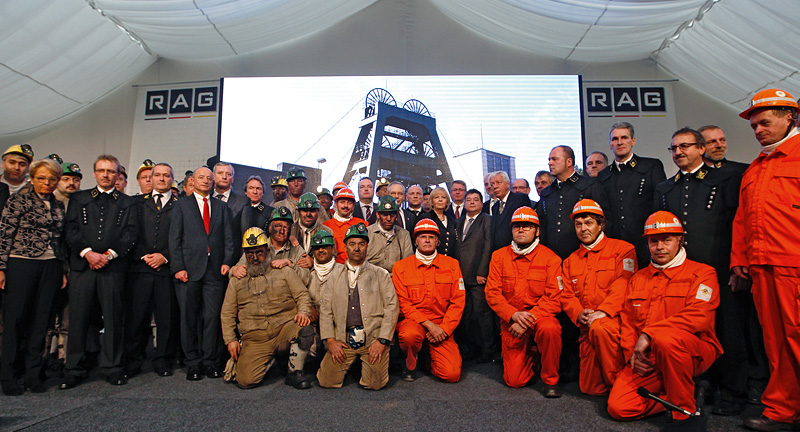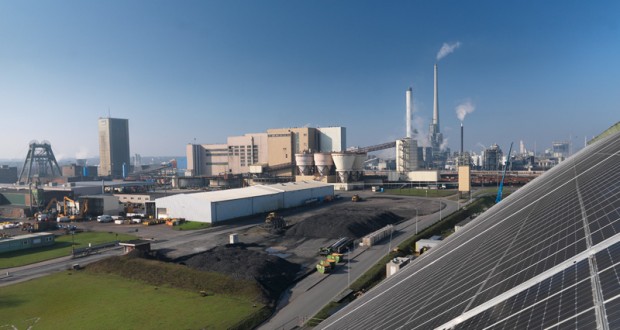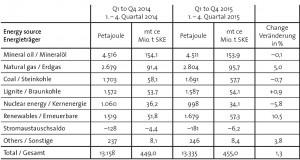As part of the closing down of the German coal mining industry, the Auguste Victoria mine in Marl ceased to operate at the end of 2015 (Figure 1). This move means that there is now just one coal mine left in the Ruhr region of Germany and only two working coal mines in the entire country. It marks the end of 115 years of mining in Marl – an industry which has shaped the history of the region.
In the year prior to the mine’s closure, 2000 workers mined over 3 mt of coal – an amount significantly higher than the specified target. The mine’s workforce was at its largest back in 1957, when it numbered over 11,000 members of staff.
Bernd Tönjes, Chairman of the Board at RAG Aktiengesellschaft in Herne, outlined the challenges that the company is facing at the special event to commemorate the mining of the final layer on 18th December 2015. It is about to phase out coal mining in a socially responsible manner and increase awareness of the responsibility for mine reclamation beyond 2018 while at the same time working with structural change and preserving the cultural legacy of the coal mining industry. Tönjes specifically mentioned the fact that when the company was first founded as Ruhrkohle AG in 1968, over 230,000 workers were employed in around 60 mines throughout Germany. This number has now fallen to under 10,000.

Fig. 2. Closure of the Auguste Victoria mine on 18th December 2015. // Bild 2. Abschied vom Bergwerk Auguste Victoria am 18.12.2015. Photo/Foto: RAG
With dignity and pride the miners at Auguste Victoria said good-bye to their mine, which served as the region’s economic powerhouse for many decades (Figure 2). Decommissioning work will start in 2016. RAG Aktiengesellschaft will also be working together with the region’s citizens and local authorities to rehabilitate the mined areas for reuse. (RAG/Si.)


